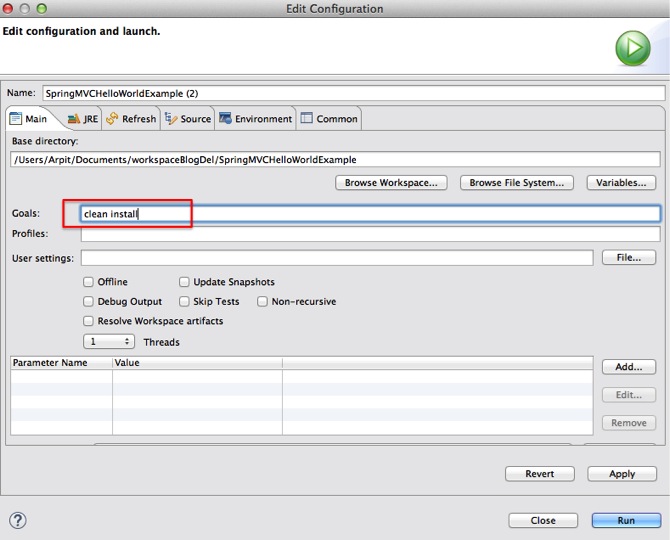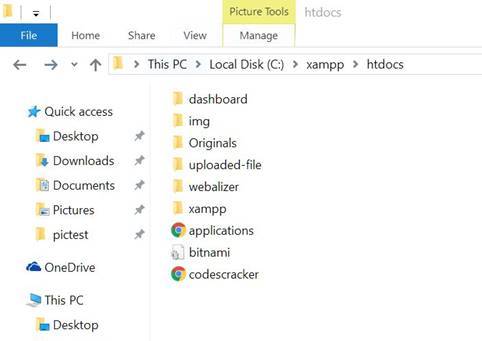
If you're facing issues when uploading large files, you need to make sure that the value of this directive is greater than what you've set for the post_max_size directive. The memory_limit directive indicates the maximum amount of memory a script can consume. 60 (60 seconds) is a good value for most apps. You should set it to a reasonable value if you're dealing with large file uploads. It's the maximum number of seconds a script is allowed to parse the input data. It allows you to set the maximum number of files that can be uploaded at a time. For example, if your upload_max_filesize is 16M (16 megabytes), you might want to set post_max_size to 20M. Since files are uploaded with POST requests, this value must be greater than what you've set for the upload_max_filesize directive. The post_max_size directive allows you to configure the maximum size of POST data. If you don't set it, the system default temp directory will be used. In most cases, you don't need to worry about this setting. Sets a temporary directory which will be used to store uploaded files. If you do, be sure to also increase post_max_size (see below). If you get an error that file exceeds upload_max_filesize when you try to upload a file, you need to increase this value. Two megabytes isn't very much by today's standards, so you might have to increase this.

By default, it's set to 2M (two megabytes), and you can override this setting using the. The upload_max_filesize directive allows you to configure the maximum size of the uploaded file.

The default value of this directive is On. The value of the file_uploads directive should be set to On to allow file uploads. Max_execution_time = 30 The Key Settings file_uploads Maximum size of POST data that PHP will accept. Maximum number of files that can be uploaded via a single request Maximum allowed size for uploaded files. Temporary directory for HTTP uploaded files. Here's an excerpt from a setup file with some useful defaults. Just create a PHP file on your server with the following line, and open it from the browser. If you're not sure where to find your php.ini file, you can use the php_ini_loaded_file() to locate it. These options can be configured in the php.ini file. In this section, we’ll go through every important option in regards to PHP file upload. There are a couple of PHP configuration settings that you'll want to check beforehand for successful file uploads. Following that, we’ll develop a real-world example of how to upload a file. Firstly, we’ll go through the PHP configuration options that need to be in place for successful file uploads. Please contact richardgirges if you're interested.In this article, I’ll explain the basics of file upload in PHP. Set to 0 if you want to turn off timeout checks. This defines how long to wait for data before aborting.

post ( '/upload', function ( req, res )


 0 kommentar(er)
0 kommentar(er)
